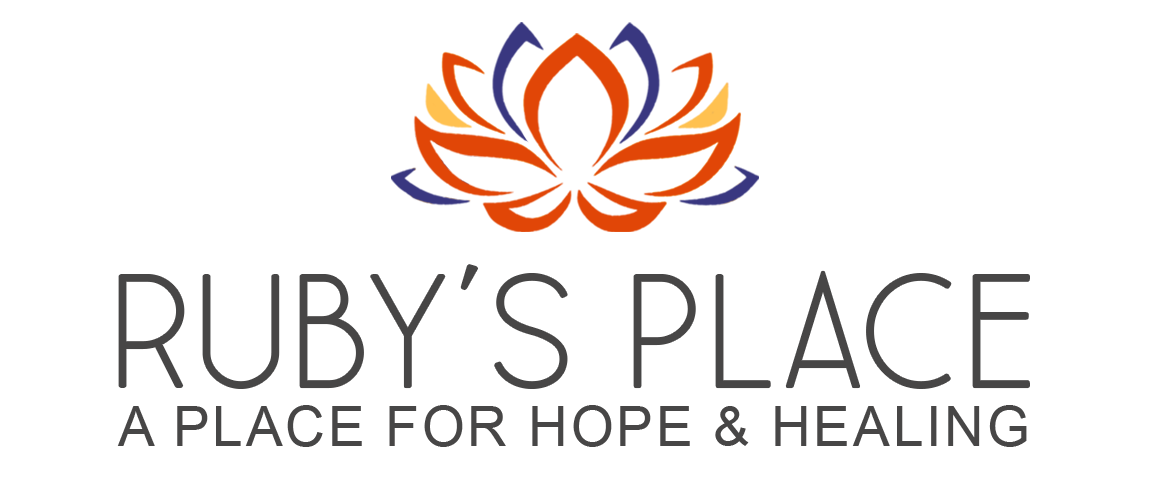Impact of COVID-19 on Domestic Violence
If you’ve consumed any form of media over the last few months, you’re likely to have come across an influx of mental health resources. Humans are innately social creatures; by being forced to shelter-in-place our limited interactions with others have taken a negative toll on our mental health. On May 26, the Washington Post reported a surge of cases in anxiety and depression in Americans where almost 34 out of 100 Americans showed symptoms of anxiety, depression, or both. While many of us are struggling to maintain our mental health during quarantine with our family or roommates, those undergoing domestic violence are forced to spend every second of their day with their abusers.
Mainstream media feeds the image of a drunk, abusive husband who comes home late at night and physically abuses his wife and/or children. While this narrative may be a reality for some, domestic violence can take many forms including physical, sexual, economic, and psychological abuse. It’s important to note that just because there isn’t a bruise or physical indication of harm does not mean that there isn’t a problem. Threats, stalking, and even cyberstalking fall under the category of domestic violence. Until recently, domestic violence was coined as “wife abuse.” This term was later abandoned as it failed to recognize that victims of domestic violence can be spouses, partners, family members, children, members of the LGBTQ community, and cohabitants of any gender.
More often than not, abusers are motivated to release their emotions due to some emotional or financial stressors. During a global pandemic, these stressors are magnified. The frustration of losing a job, or being isolated from friends and family causes these abusers to lash out more frequently or in more detrimental manners. Melissa Godin reported a victim who had called the National Domestic Violence Hotline in fear of being thrown out of her house. Numerous other victims called in fear of their abusers kicking them out of the house so that they purposefully catch the COVID-19 virus. Others are unable to access financial and medical resources. Abusers usually try to isolate their victims from any resources or people to maintain their power over them. With the stay-in-place order locking people into their homes and creating a more isolated environment for all, abusers are given more power than they already had to manipulate their victims.
According to the Domestic Abuse Report for 2019 conducted by the Women’s Aid Organization, almost 1 in 3 victims reported that they faced financial constraints by their abusers. Rising unemployment rates and stagnant economic activity indicate that our economy has entered a recession. Victims are now more likely to be financially dependent on their abuser and less likely to seek help or leave as they would have no safe place to go or a means to get there. Some with physical injuries are afraid of seeking medical care or going to emergency services in fear of falling sick due to the presence of COVID-19 patients.
In times like these women’s shelters are unsure how to meet the demand for their services while maintaining a safe environment for those they are already caring for. In the past, women’s shelters have been resources for domestic violence victims and work towards helping victims get back on their feet. With the whole world shut down, there’s no telling when these women will be able to find work and become independent. The shelter itself faces logistical issues regarding the resident’s living spaces. As much as they want to open their doors and house everyone, there simply is not enough space and resources to keep victims safe and healthy. Shelter’s focus on rehabilitating victims by helping them feel in control of themselves. To reinstate these feelings, they’re given the freedom to do what they please with minimal restrictions. However, COVID-19 has forced shelters to implement restrictions upon their residents that minimize their movement to reduce the spread of the virus in the shelter itself.
While the world faces an unprecedented situation, the damaging impacts of this pandemic are far beyond our knowledge and reach. What many fail to recognize is that there is another pandemic that haunts many victims today known as domestic violence. A silent killer, that looms in the background, often behind closed doors. We may be physically isolated from one another, but now more than ever we need to come together as a community. Be vigilant of your friends and family. Signs of domestic violence are more than just a physical injury. Common indicators of domestic violence include low self-esteem, extreme dependency on their partner (often asking for permission or always trying to please them), never having money to spend, wearing inappropriate clothing (a long sleeve shirt in the winter, possibly to cover injuries), or repeatedly not attending events/commitments. It can be difficult to see someone you love go through difficult times, especially when you don’t know what to do. If you genuinely think someone you love, or you are in danger, the National Domestic Violence Hotline is available 24/7 and can be reached at 1-800-799-SAFE(7233). The hotline is available in more than 200 languages and a great way to start seeking resources or seeking the help you need. If you’re concerned about someone you love, make it known to them that you’re always available to talk and that your conversations will be private. More than anything, a victim needs your support with the choices they make. Listen carefully and attentively, giving them your undivided attention goes a long way.
Our homes are supposed to be a space we call our own and where we feel comfortable. For domestic violence victims, a home is a dangerous place. They are stripped of the comfort, security, and warmth a home provides. By joining our forces together, we can restore that warmth and help victims find a safe place they can truly call their home.
Blog by: Rida Lasne (Project Morph)


